Metaverse has been a subject of increasing curiosity in every forum, industry, and stage of work. Given the versatile possibilities the virtual world presents, it is difficult for anyone not to explore what the metaverse offers. Especially in experience-driven fields such as architecture, hospitality, travel, and fashion, explorations in the metaverse are immense. One such domain where the metaverse has much to offer is heritage preservation. Digital documentation of heritage buildings in the metaverse makes the conservation industry more agile and accessible.
Why are heritage buildings an integral part of the modern world?
Heritage buildings are not just a reflection of the history and culture of a place but are also an essential source of information to trace down the evolution of a society. Inclusive of both tangible and intangible components, it allows us to connect with the past and learn from it while also fostering a sense of place and community belongingness. This acts as a lens to the culture and architecture of a particular time and place and is vital for documenting, studying, and protecting heritage culture and resources.
What is Heritage Conservation and Why is it Important?
Heritage conservation promotes the preservation and protection of heritage buildings through education and research into our shared history. It encourages the study of ancient architecture, design, and craftsmanship that can be helpful and implementable in the contemporary world.
Heritage buildings are often popular tourist destinations, attracting many visitors and thereby contributing to the economic vitality and cultural identity of a community.
What are the Existing Methods of Heritage Documentation?
The prevalent methods of heritage preservation today can be broadly categorized into two- Manual and Digital. The process and techniques contained within each are elaborated below:
Manual Method
The traditional approach as we may call it, the manual method of documenting involves using conventional equipment like a sketchbook, pencil/ pen, and even a measuring tape to make a note of the drawings, details, and measurements. A mobile phone is also an accompaniment that is instrumental in capturing delicate details.
Digital Methods
Photogrammetry
Photogrammetry is a versatile tool that involves the process of using photography to create 3D models from 2D images. The process involves taking multiple images of an object/ structure, usually from different angles, and then combining them to generate a detailed 3D representation. This technique is particularly useful for capturing complex shapes, and intricate details and producing measurements.
3D Laser Scanning
In recent years, 3D laser scanners have presented a robust, accurate, and no-contact approach to the documentation of cultural heritage for its long-term preservation. In this technique, laser beams are employed that map the building coordinates in 3 axes and then input into the software to generate the building drawings along with the details. The result is a highly detailed ‘cloud of points’ 3D image, which, when well crafted, differs by only a few millimeters from actual dimensions.
What is the Metaverse?
Metaverse is a virtual world that can be accessed through Virtual Reality (VR) tools. Touted as the next-gen technology, it presents the opportunity to build digital twins/replicas or entirely new structures in the digital space. It is an immersive technology where people can seamlessly interact with the virtual environment from the comfort of their homes or workspaces. This technology is helping every industry to try and test new ideas inexpensively.
The building industry seems to also benefit as it allows architects and designers to experiment with the feasibility of their ideas without actual prototype creation. Some popular and widely used metaverse platforms include Decentraland, Sandbox, and Axie Infinity.
How does Metaverse help in Digital Heritage Preservation?
By creating digital twins of heritage structures in the metaverse, architects can preserve the rich social-cultural history of a place for future generations. Let’s have a look at how this helps at the global level.
Virtual Tourism
Overcoming geographical barriers, the digital environment can make visiting, and even re-visiting structures of importance across the world more favorable. Metaverse tourism can also allow access to unusual experiences; all this from the comfort of one’s home. It also helps in generating funds to maintain the physical building in the real world.
Cultural Education and Virtual Preservation
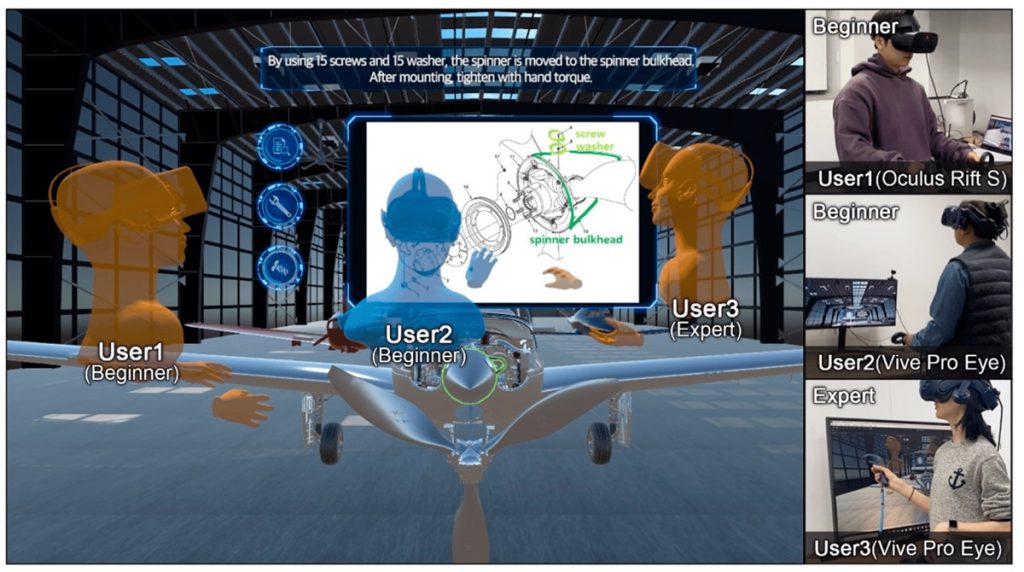
Comparable to the real- world, hosting virtual exhibitions can educate people about the styles and influences that shaped the built environment of any specified historical era. A monument in the metaverse can allow its users to explore digital copies of historical paintings, sculptures, and other works of art. In this manner, the artefacts can also be protected and preserved for future generations while still allowing people to experience and learn from them.
Virtual Reconstructions
Virtual reconstructions of lost or destroyed buildings and sites from available historical databases can give users an insight into what these places looked like in the past. It provides a platform for historians, architects, and other experts to collaborate, share information and resources, and discuss ideas to accelerate the pace of research and preservation efforts.
Exemplary Works of Digital Heritage Preservation in the Metaverse
Recognizing the potential of the metaverse, architects, historians, conservations, and local governing authorities have made efforts to digitally document some global heritage buildings. Japan is observed to be at the forefront of such digital archives, and some of its supreme examples are described below:
Miyakonojo Civic Center
The Miyakonojo Civic Centre was designed by Japanese architect Kiyonori Kikutake. This building had served as a site for cultural promotion in Miyakonojo since the time it was completed in 1966. This building was designed around the Japanese idea of ‘Metabolism’, wherein cities and architecture evolve through a metabolic process corresponding to the way nature and society do. The centre was eventually slated for demolition due to age in 2019.
The 3D digital archive of this civic centre helped to preserve its texture and aesthetics along with recording the appearance of the building. Laser scanners were used to obtain meticulous millimeter-level data, and SLR cameras and drones were used to photograph nearly 10,000 images. Combining all of these, this project was digitally ‘metabolized’ into a new form of existence, surpassing material properties through augmented reality (AR), virtual reality (VR), and game space implementations. For those who are unable to physically visit, the AR implementation causes the civic centre to appear in front of the user when they hover over their smartphone. The VR implementation allows users to view the interiors of the space in 360 degrees and feel as if they are visiting the centre.
Nakagin Capsule Tower Building
The Japanese architect Kisho Kurokawa’s 14-storey tall ‘Nakagin Capsule Tower Building’ in Tokyo finalized its construction in 1972. Representing ‘Japanese Metabolism’, this tower is now in the process of demolition due to its deteriorated and precarious state and incompatibility with current seismic standards. However, efforts to recreate and preserve it in the metaverse are in progress by the Japanese Digital Consultancy ‘Gluon’.
3D Laser scanning technology has measured the entire building in three dimensions. With photographic data taken by SLR cameras and drones and accurately measured distances, reliable data on the entire space is being created. The trajectory of renovations by the residents and the appearance of buildings as they changed over time have also been recorded. An augmented reality (AR) system has also been developed that shall allow users to use their smartphones to view the capsule’s interior in addition to the exterior of the building. The digital archive of this building aims to generate a building based on detailed measurement data and construct a place where people can gather again in the metaverse.
Harnessing the metaverse to its utmost potential shall present limitless opportunities to experiment, learn, and grow. It allows for better translation and understanding of architectural heritage and presents a new tool for studying and preserving cultural origins. Unlike real-world sensitive experiences, the stimuli experienced virtually are limited to visual and sound impulses. However, digital preservation in the metaverse encourages learning from new narratives by allowing us to dynamically explore the site context, presenting newer and better opportunities for experiential architecture.




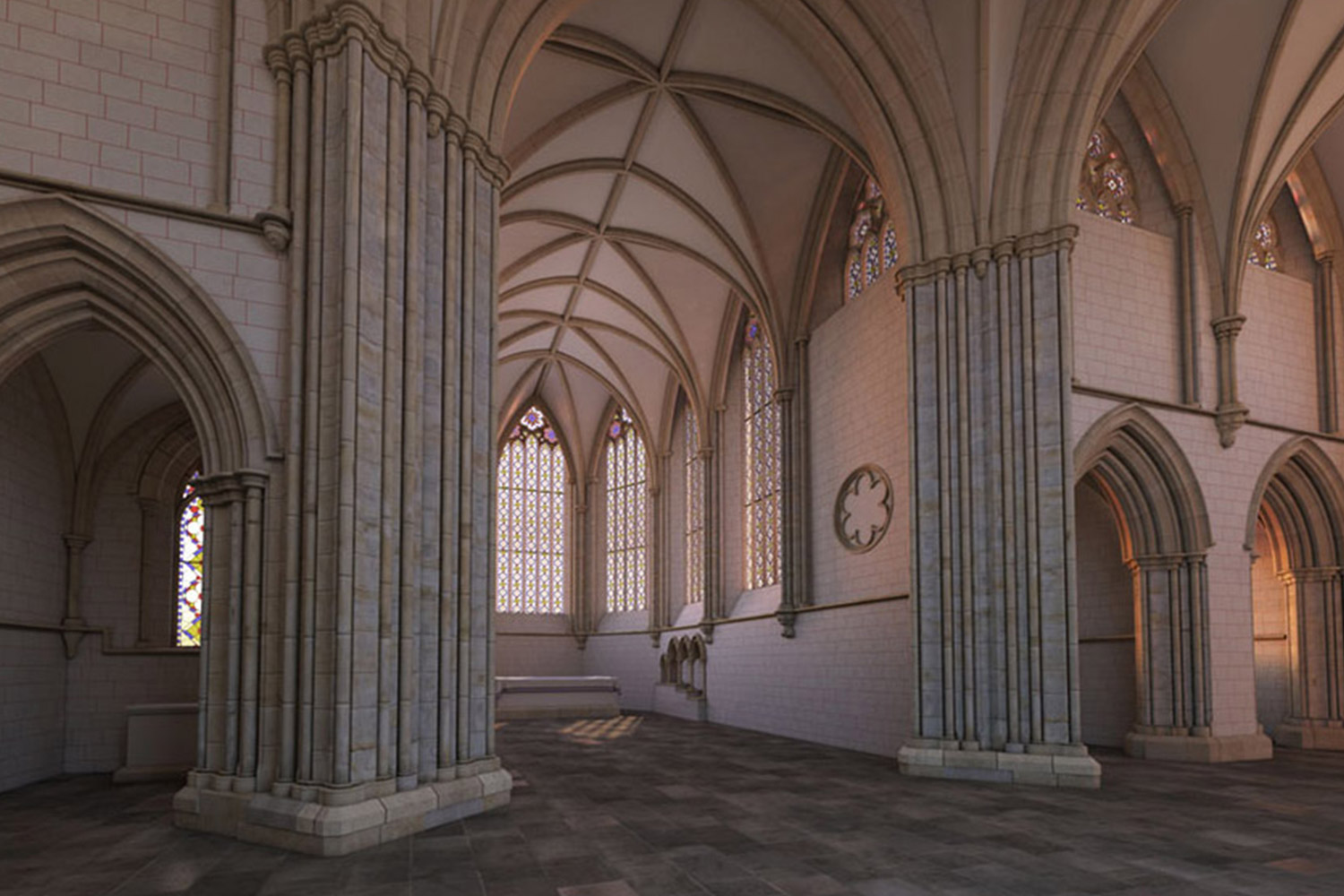
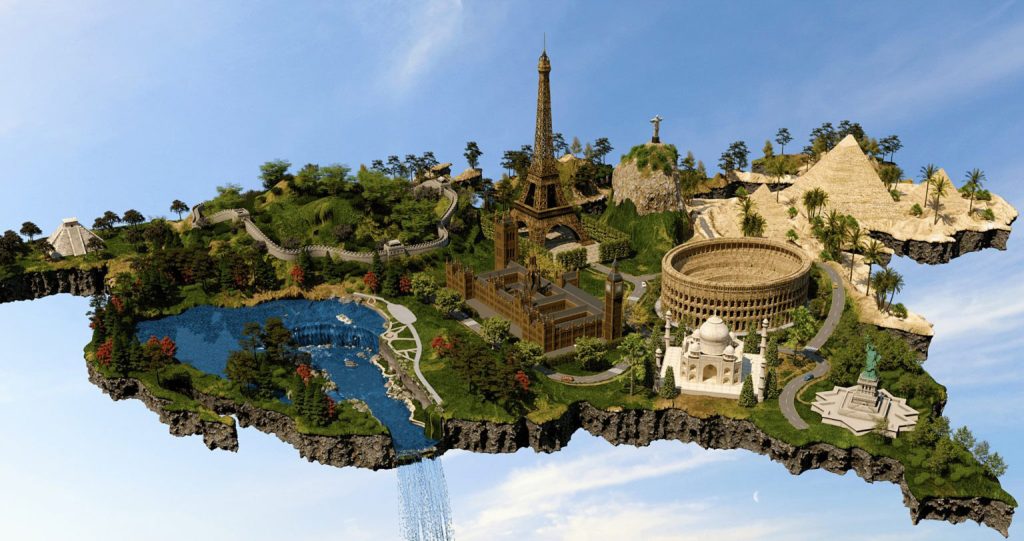
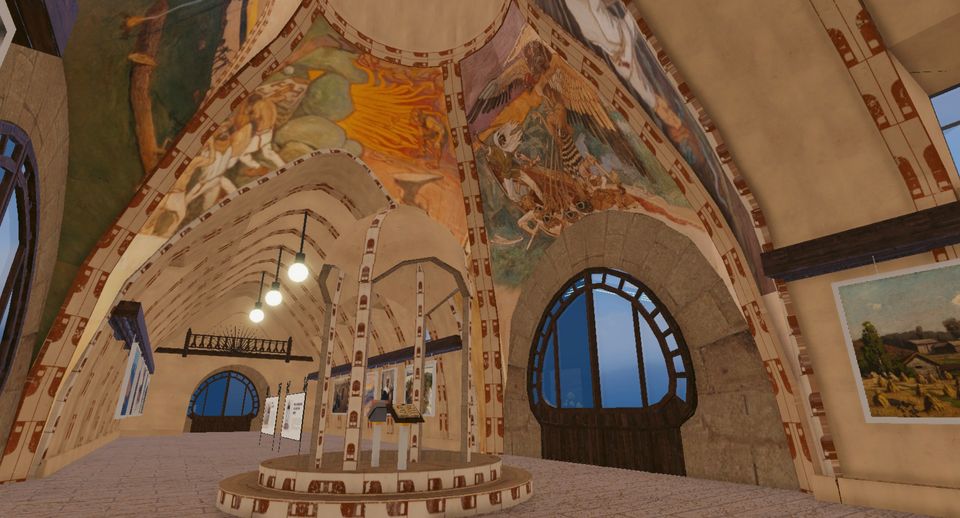
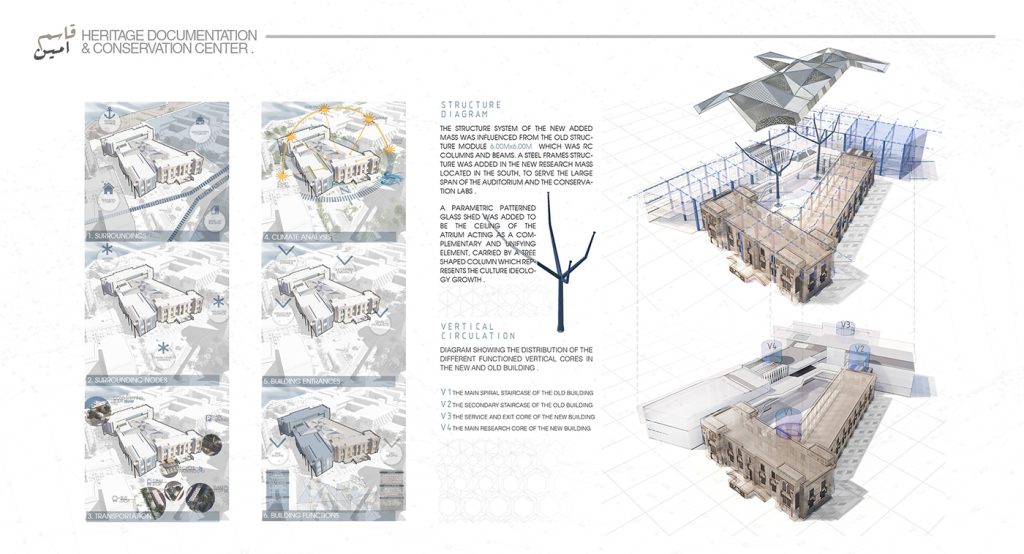
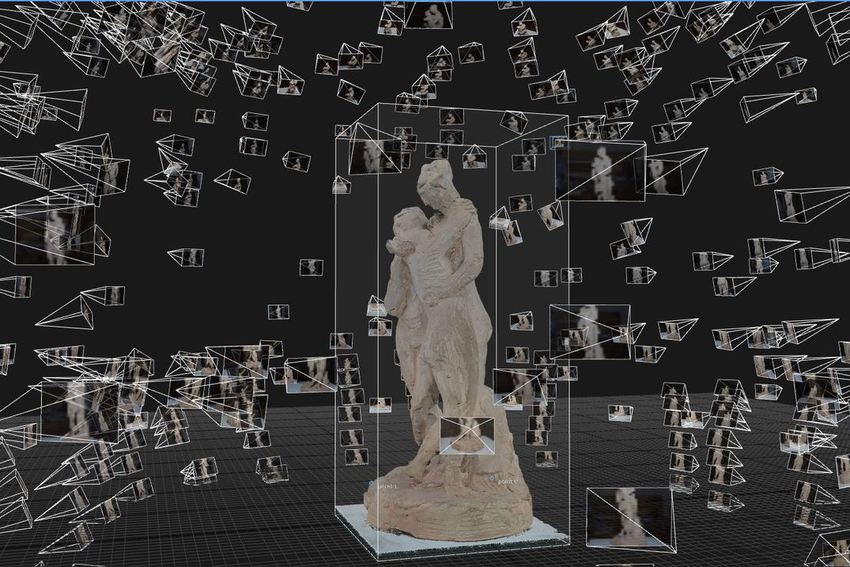
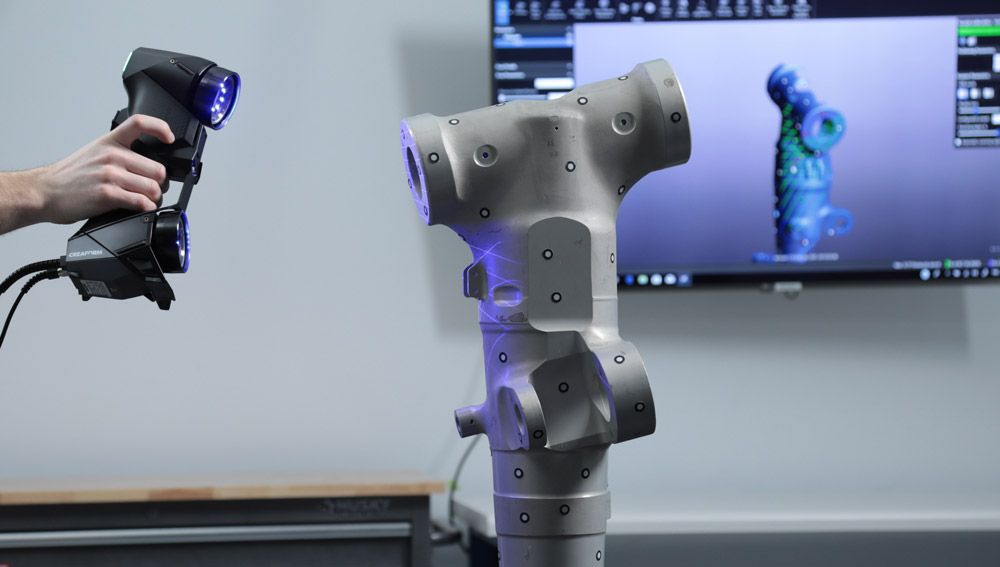
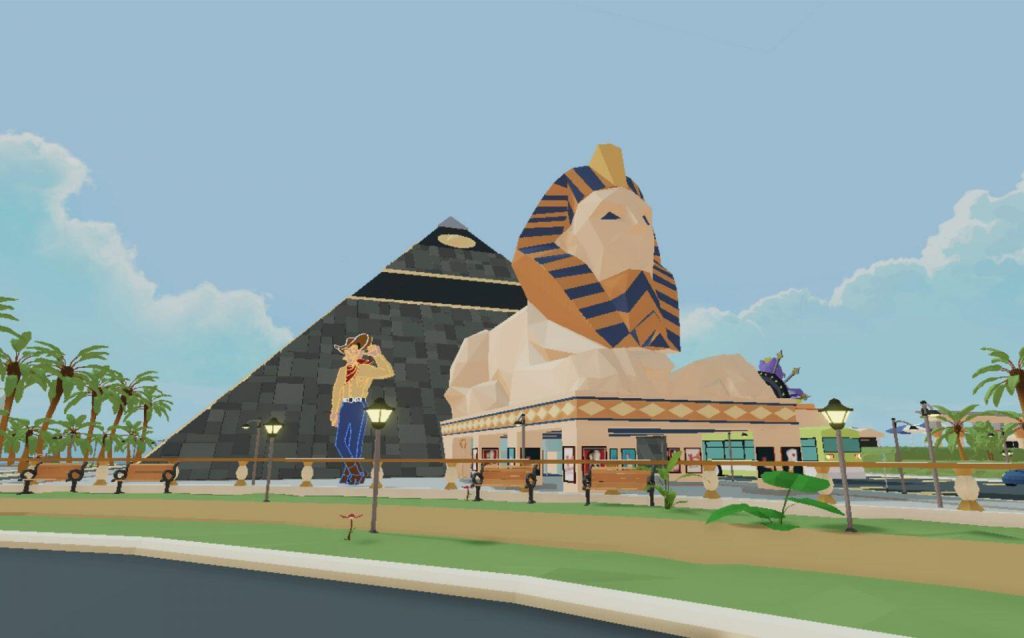
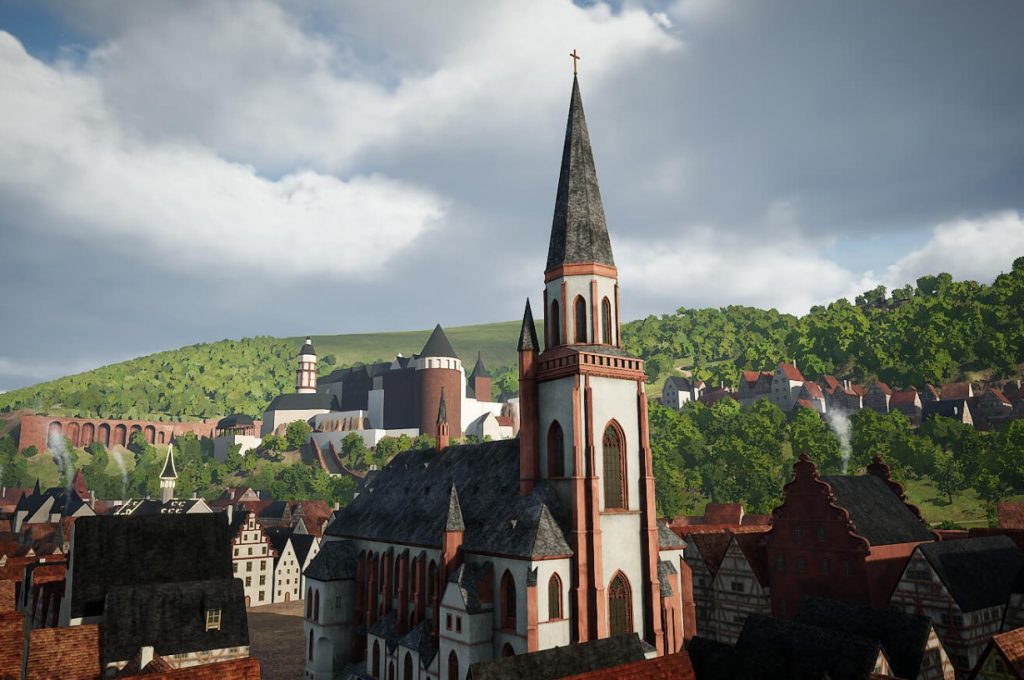

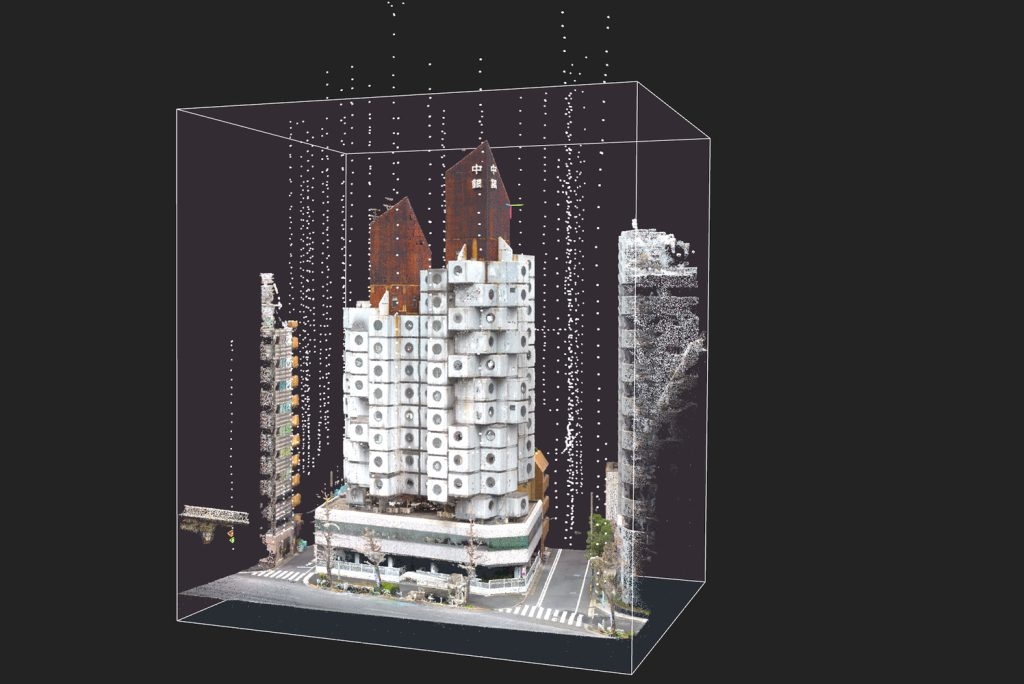
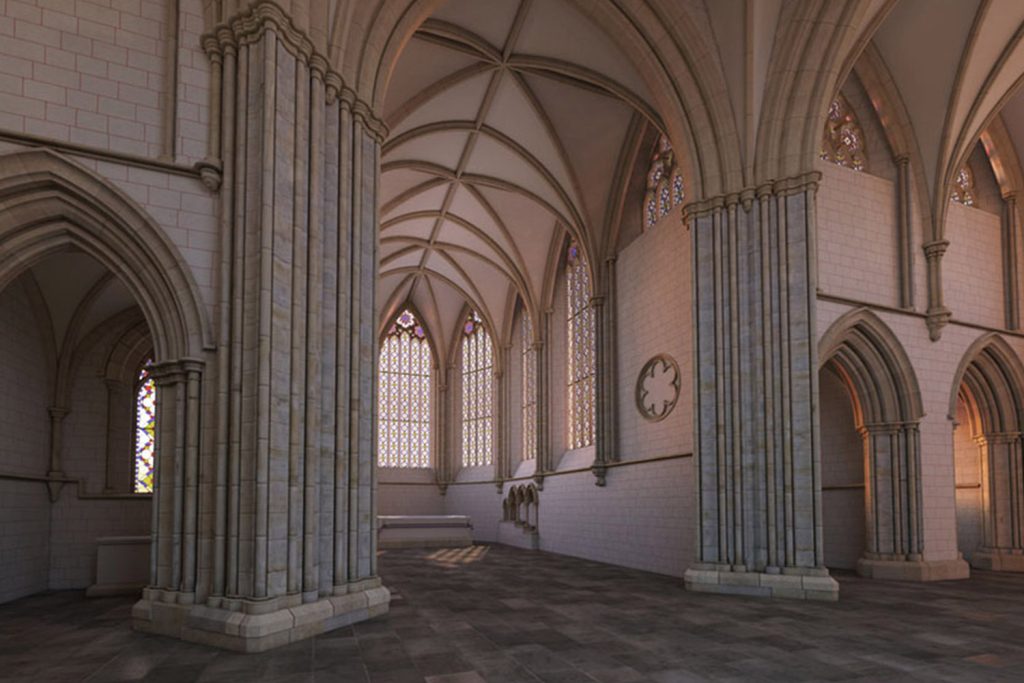














Leave a comment